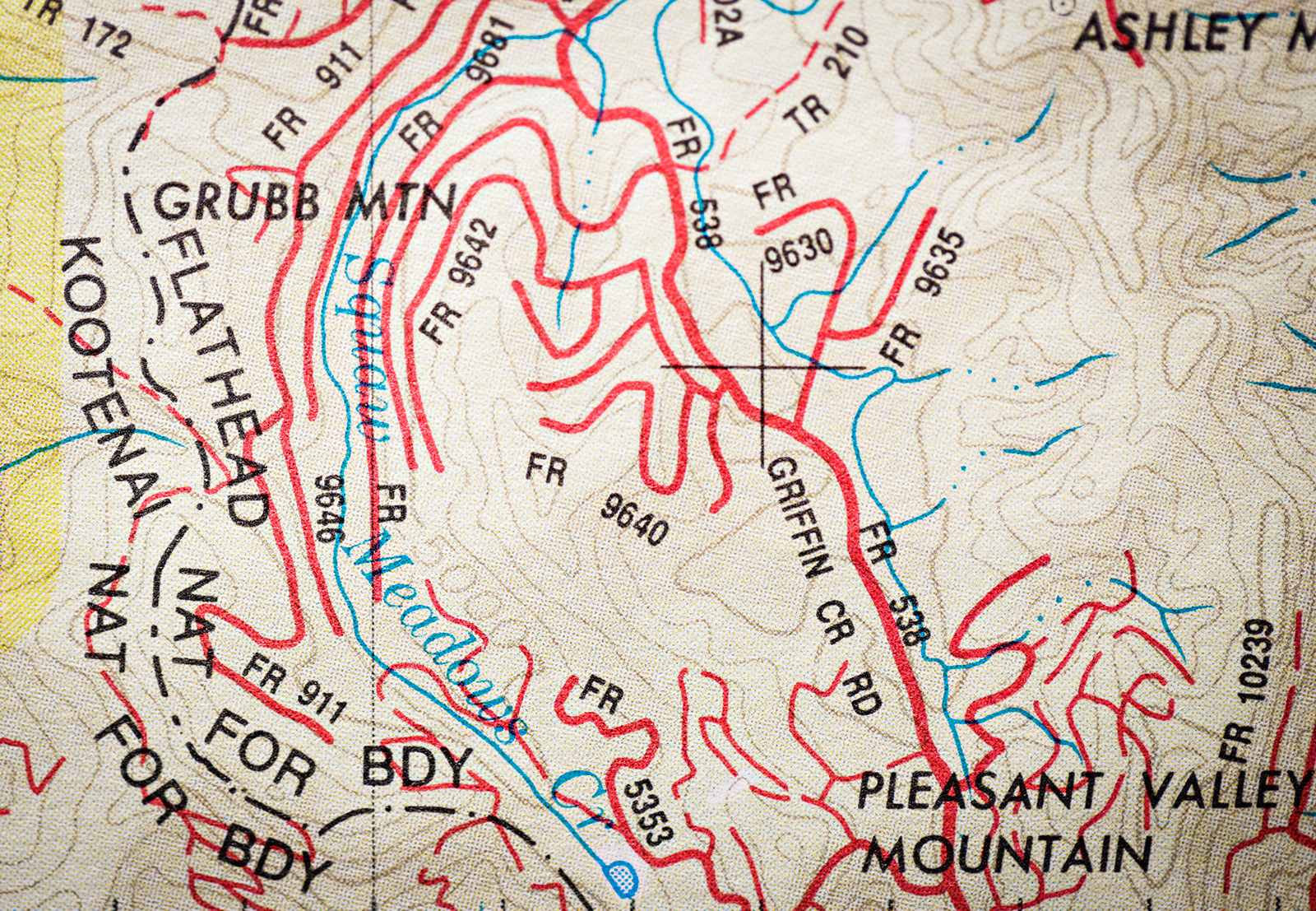Interior Department Convenes First Meeting of Derogatory Names Committee
First group conference was mostly procedural
By Micah Drew
On Dec. 6 and 7, the Department of the Interior convened the first meeting of the Advisory Committee on Reconciliation in Place Names, a group assigned to “broadly solicit, review and recommend changes to derogatory geographic and federal land unit names.”
The committee was created by a Secretarial Order issued by Interior Secretary Deb Haaland who has continued to push for the redesignation of landmarks bearing derogatory names on federal parcels after more than 640 geographic features containing racial slurs were broadly renamed in September.
The 17-member committee comprises of representatives from Tribal organizations, Native Hawaiian organizations and the general public, as well as members of the federal government, including the Departments of Defense, Interior, Commerce and Agriculture.
Lauren Monroe Jr, vice-chair of the Blackfeet Tribal Business Council, is the lone Montana Tribal representative on the committee. He said he applied to be on the committee because it aligned with his ongoing advocacy for greater acknowledgment of Blackfeet history in Glacier National Park and the surrounding area.
“Everyone’s really motivated to have discussions and dialogue ,” Monroe said following the meeting. “Giving out some marching orders, having people starting to do research, networking with tribes, and having a framework is very hopeful and exciting.
The inaugural meeting of the committee was mostly procedural and included background presentations on the Board of Geographic Names (BGN), the federal entity in charge of officially changing federal place names.
The BGN, by its own policy, only serves to adjudicate requests brought forth by the public, rather than seeking out specific names to change.
The new committee is charged with searching for derogatory names scattered around the country and bringing them to BGN for consideration. The first order of business, however, will be to determine what qualifies as a derogatory word. The committee members discussed expanding the working definition to include names of individuals who perpetrated violent acts against others, demeaning or dehumanizing phrases and terms that replaced known Native names or historical narratives.
Monroe acknowledges that with the vast amount of public land the committee’s work may proceed at a slow pace, but he is eager to see the attention paid to righting some historical wrongs.
“As long as the push is there and we have Interior’s support, I think there can be some headway,” he said. “As a broader discussion of language revitalization and history lessons happening among many tribes, this is under that umbrella of reclaiming history and acknowledging the people who came before us.”